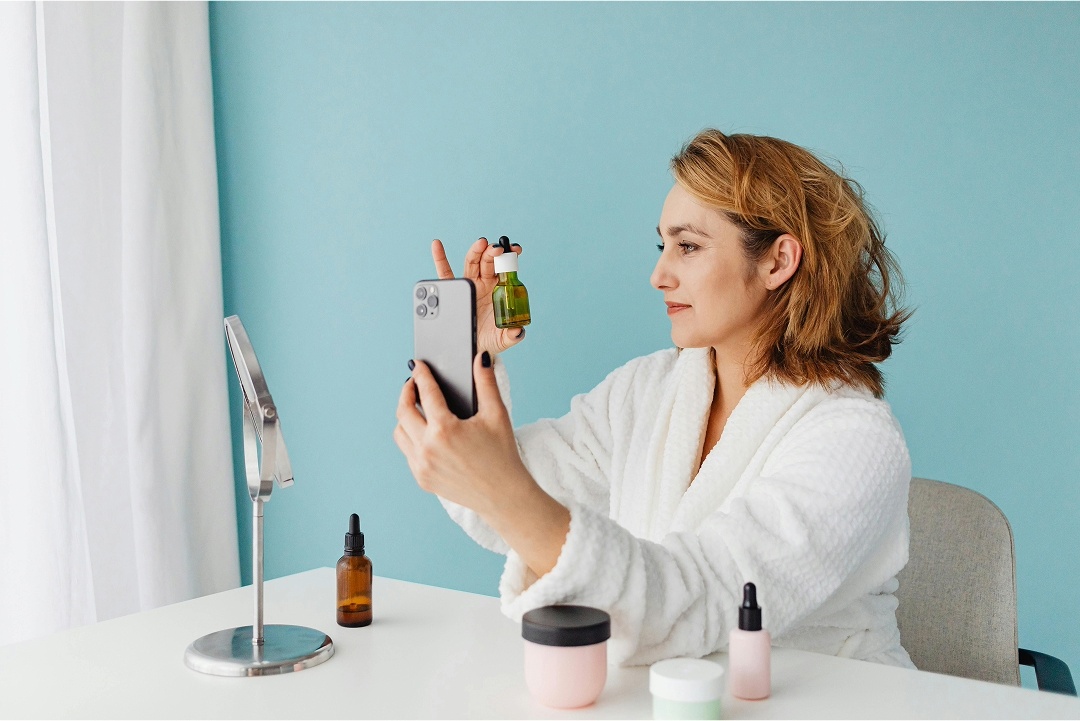
In this article
Brands were already marketing before it was cool.
Marketing became a science in the early 1900s, and since then we've invented a dizzying spectrum of marketing techniques - advertising, outbound, inbound, SEO, content, viral, affiliate, word-of-mouth, referral - and admittedly we're obsessed with getting marketing right.
But before we started buzzing about marketing in a methodical way, "marketing techniques" have been around for the longest time. We've collected some examples of marketing innovators who went beyond the print ad. Most of these are familiar to most Americans, and all of them still exist today:
1. Kellogg's, 1906 - pioneered the cereal box prize

Founder Will Keith Kellogg not only perfected cornflakes, he also got his sales through the roof by giving away free samples.
On top of that, Kellogg introduced nutrition labels, and was the first to put a prize in the cereal box - arguably the main reason many children eat cereal at all.
2. Gillette, 1895 - "Give 'em the razor; sell 'em the blades!"

King Camp Gillette innovated the safety razor - a thin, inexpensive, disposable blade of stamped steel.
And although he wasn't the originator of the idea, but he is widely credited for inventing the "razor and blade" model. By giving away free razors, he had customers coming back to buy disposable blades.
3. Sears, 1893 - his catalog was the 'Consumer's Bible'

Richard Sears started out reselling watches in Minnesota. He then started publishing mail order catalogs offering customers a wider selection of products at clearly stated prices.
Sears' sales skyrocketed and by 1895, the company was producing a 532-page catalog, which was known as the "Consumer's Bible".
4. Tiffany & Co. , 1837 - made itself a national symbol

The company has a history of collecting great publicity. In 1862, before it made exclusively jewellery, Tiffany supplied the Union Army with swords, flags, and surgical implements.
Its new store building was described by the New York Times as "a palace of jewels" in 1870. It was the first to strick the famous Yankees logo on a police medal of honor. In 1887, it bought the French Crown Jewels. It revised the Great Seal of the US in 1885. In 1919, it revised the US Navy's Medal of Honor.
Read next: Tiffany's modern marketing strategy
5. National Police Gazette, 1845 - sex sells

George Wilkes was a journalist and founder the world's first girlie magazine.
In the "gazette" were pictures of scantily clad actresses, strippers, and sex workers, side-by-side ads - which were dull in comparison.
Well-played.
6. Wedgwood pottery, 1759 - celebrity-endorsed, by the Queen

Josiah Wedgwood was an exceptional potter, and in 1765 he created a new earthenware form which impressed the then British Queen consort Charlotte of Mecklenburg-Strelitz.
She gave him permission to call it "Queen's Ware", and it sold extremely well across Europe. Other eminent patrons included Empress Catherine II of Russia, who ordered 952 such pieces in 1774.
7. Mark Twain Cigars - no better brand ambassador

8. Camels Cigarettes, 1913 - the doctor's orders

These ads look ridiculous today, don't they?
Makes you wonder which ads running today will look ridiculous to our grandchildren!
9. Hartford Steam Boiler Inspection & Insurance Company - the earliest content marketing

Hartford debuted "The Locomotive" in 1867 to provide technical information to help equipment owners and operators manage risk and solve operation problems.
It's probably the oldest company magazine continuously published under the same name. "The Locomotive" is now archived online.
10. Coca Cola, 1892 - a bottle you recognize with your eyes closed

\We're all familiar with Coke's "America the Beautiful", but the company has always been a master at branding.
In 1915, the Coca-Cola Company challenged its bottle suppliers to design a bottle so unique that "if you picked it up in the dark you would know exactly what it was".
One man, Earl R. Dean, shaped the bottle based on a woman’s figure, the most popular and recognizable shape on earth. Now almost every soda bottle is contour-shaped.
Read next: 9 Examples Of How Coca-Cola Generates Word-Of-Mouth (and Happiness!)
11. Aunt Jemima's Pancake Flour, 1889 - popular culture meets racism

Co-founder Chris Rutt was inspired to rename his self-raising pancake mix after watching a minstrel show. In the show, a popular song "Old Aunt Jemima" (based on a song sung by field slaves) was performed by a white man in blackface.
Later on the company hired Nancy Green, a former Kentucky slave, to portray Aunt Jemima in an exposition in 1893. Nancy made pancakes and told stories from her life as a plantation cook. The product got thousands of orders and a very elaborate ad campaign followed.
This sort of branding we're happy to leave behind.
_____
Read next: How To Get Word-of-Mouth (40+ Successful Examples To Learn From)
.png)
%20(1).jpg)
.png)



